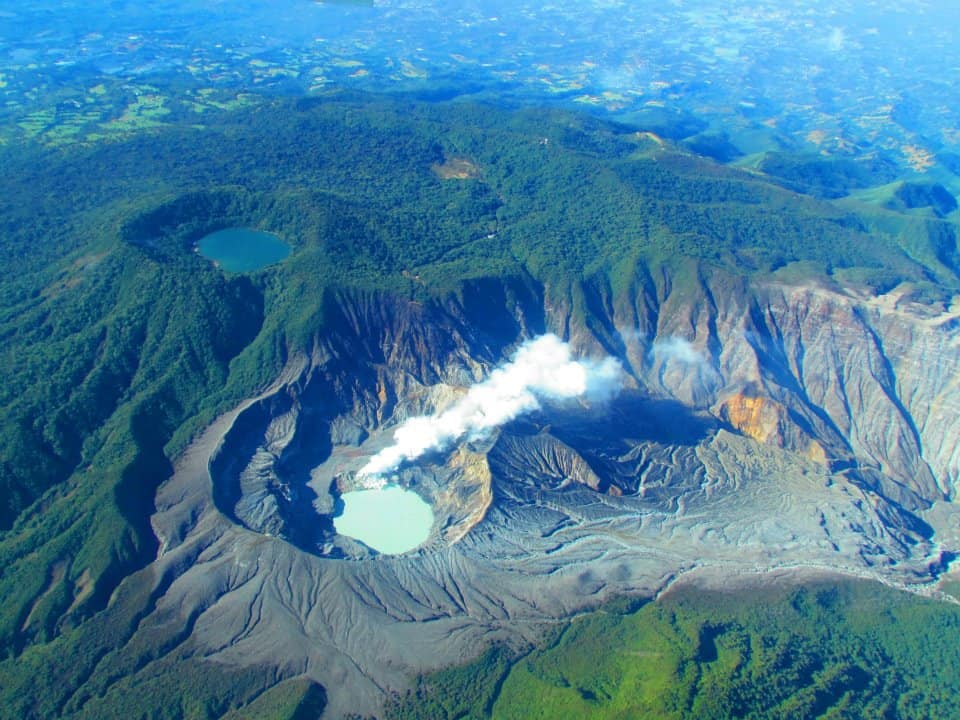Although Poás Volcano has entered a more stable phase and the alert level has been lowered to green, the national park will remain closed for the time being, according to Costa Rica’s National System of Conservation Areas (SINAC). Authorities say the popular tourist destination cannot reopen until safety conditions are fully assured.
SINAC officials announced that a reopening plan is in progress, but the park’s infrastructure must first undergo technical evaluations, maintenance work, and inspections. These measures follow strict safety protocols established for protected wildlife areas and active volcanic zones.
“In the next few days, the date for the reopening will be officially announced. Before reopening, a series of infrastructure maintenance activities must be carried out,” said Environment Minister Franz Tattenbach.
The downgrade to a green alert was issued by the National Emergency Commission (CNE) on July 2, following a sustained reduction in volcanic activity. Reports from the Technical Advisory Committee on Volcanology and Seismology noted low-amplitude seismic tremors, fewer long-period events, more stable volcanic gas emissions, and a decline in the intensity of phreatic eruptions.
Recent monitoring by the Smithsonian/USGS confirms that Poás remains in a state of “continuing activity” as of July 1—indicating intermittent volcanic behavior but no full-scale eruption. Seismic data from July 2 also show no significant earthquakes in the region, supporting current assessments of stable conditions.
Drone overflights confirmed that ash deposits west of the active crater have significantly diminished. Recent heavy rains—exceeding 120 millimeters on some days—have helped wash the ash into lower basins, primarily the Desagüe, Anonos, Gorrión, and Agrio rivers.
Despite these signs of stabilization, volcanologists warn that vigilance is still needed. Rainwater entering the volcano’s mouth A could accumulate and trigger new phreatic explosions. Meanwhile, SINAC’s Central Conservation Area is reviewing infrastructure and trails, performing preventive maintenance, coordinating with the CNE and local emergency committees, and updating safety protocols.
“The reopening involves a series of details to offer a good experience to our visitors,” said Meryll Arias, regional director of the Central Conservation Area. The park has been closed since March 23, when Poás entered an active eruptive phase. The closure has had a major economic impact on nearby communities that depend heavily on tourism. The park’s eventual reopening is expected to bring a much-needed boost to the local economy.
The park has been closed since March 23, when Poás entered an active eruptive phase. The closure has had a major economic impact on nearby communities that depend on tourism. The eventual reopening is expected to bring a welcome boost to local businesses and the regional economy.






